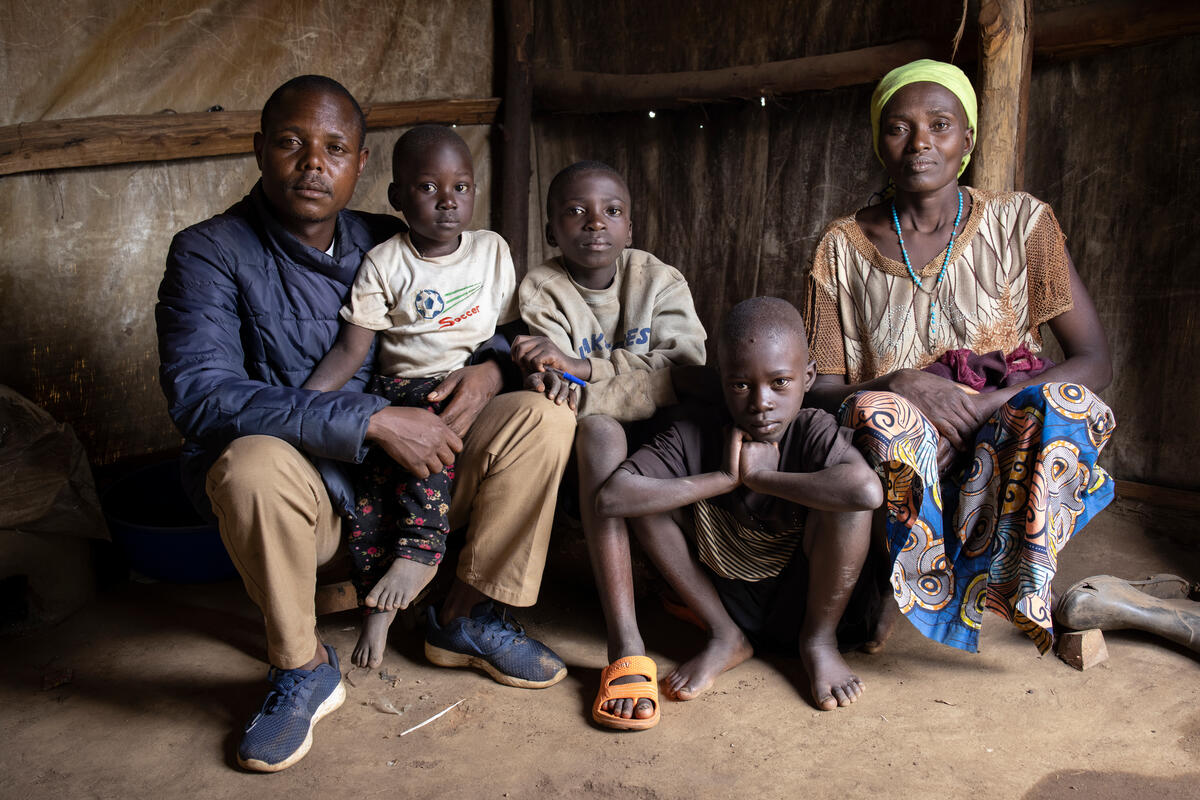Data shows impacts of rising prices and shrinking aid on forcibly displaced people
Data shows impacts of rising prices and shrinking aid on forcibly displaced people

The consequences of Russia’s invasion of Ukraine for refugees and internally displaced people have reached well beyond Europe. The war has pushed up food and fuel prices and disrupted supply chains at a time when millions of forcibly displaced people were already struggling with the lingering impacts of the COVID-19 pandemic, extreme weather, and long-running conflicts.
But just as needs are increasing, the costs of delivering humanitarian assistance to forcibly displaced people have also risen exponentially – another consequence of the war in Ukraine. UN High Commissioner for Refugees Filippo Grandi warned recently that without an injection of US$700 million in additional funding before the end of the year, UNHCR will be forced to cut vital aid to forcibly displaced people across the world.
Today, UNHCR is releasing a new data visualization – Out of the Spotlight – which looks at the mounting hardships refugees and internally displaced people are facing in forgotten corners of the globe, and how those hardships could multiply unless funding shortfalls can be bridged.
In 12 countries where UNHCR works, most of them in Africa and the Middle East, the situation is particularly serious. Forcibly displaced people are already being forced to choose between buying medicines for elderly relatives or food for their children.
The data visualization looks at several countries where the triple burden of conflict, COVID and climate change had already drained displaced people’s reserves and made them more reliant on humanitarian assistance, even before the war in Ukraine sent shock waves through the global economy.
In the Democratic Republic of the Congo, for example, decades of conflict have pushed 27 million people into hunger and created the largest internal displacement crisis in Africa, with over 5.5 million people having fled their homes. Continued violence in the east has newly displaced hundreds of thousands of people this year, but funding for the humanitarian response has not kept pace. UNHCR’s operations in the country were only 40 per cent funded by the end of September.
Such shortfalls leave UNHCR facing tough decisions about which essential programmes to cut. Some of the devastating consequences for forcibly displaced people are outlined in the data visualization: from less cash assistance for refugees in Iraq and Jordan to less money to educate refugee children in Uganda, or even to provide soap.
“People forced to flee already pay the price for conflicts that have ravaged their homelands. Further suffering this year and next can be reduced with swift international action,” said Dominique Hyde, Director of UNHCR’s Division for External Relations. “I appeal to all donors to help us save lives by finding these resources in the coming days and weeks - millions of people depend on it.”
The data visualization, Out of the Spotlight, is available here.









